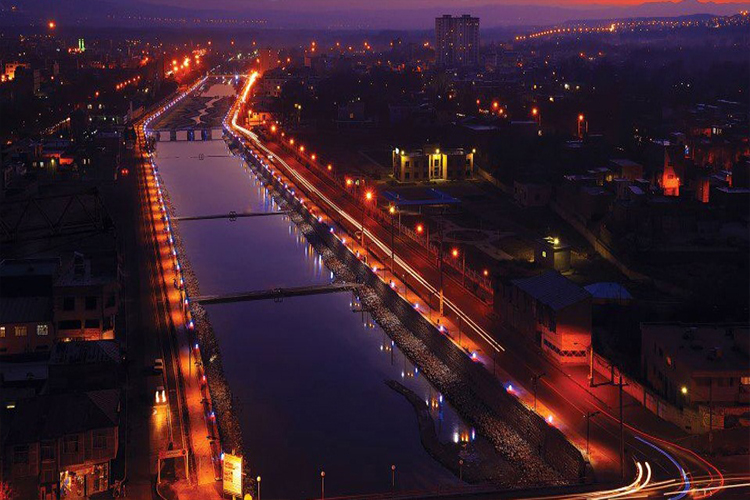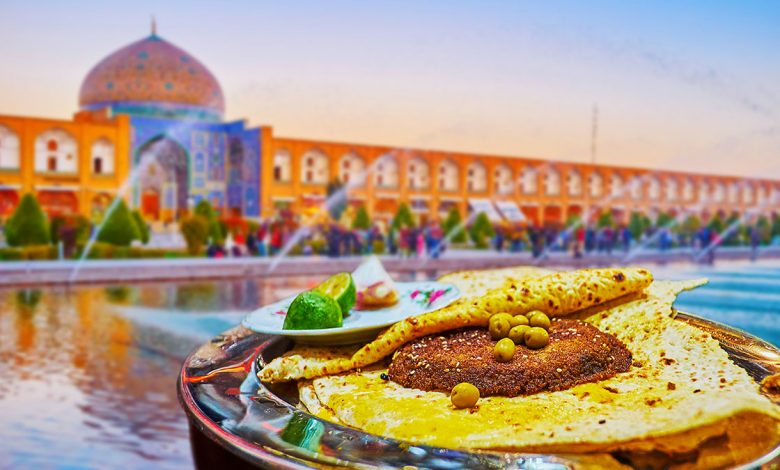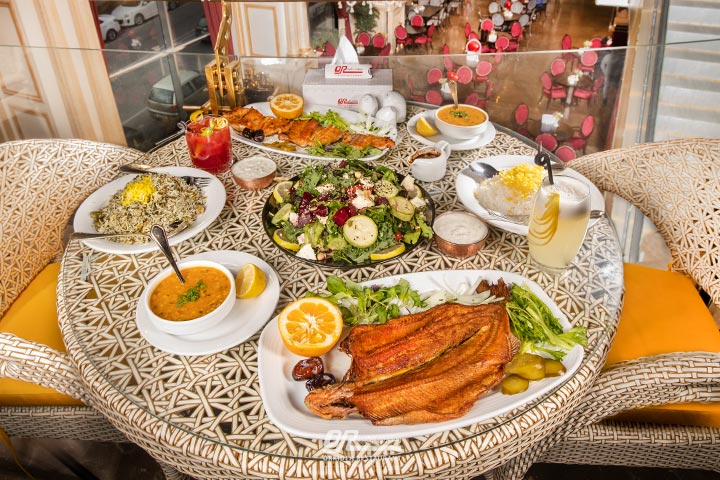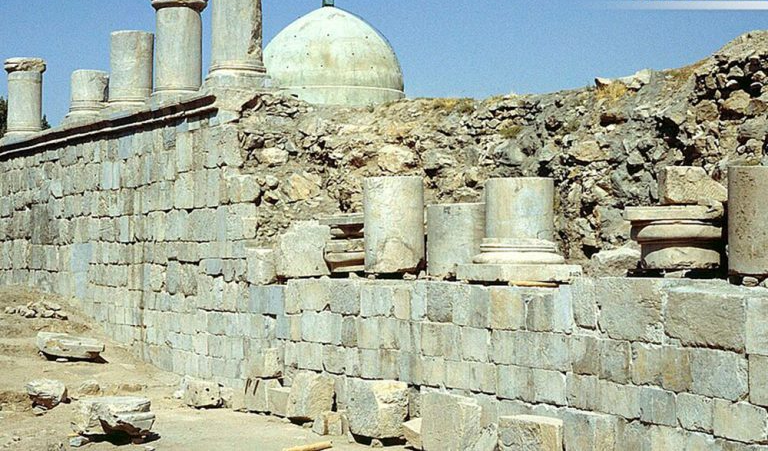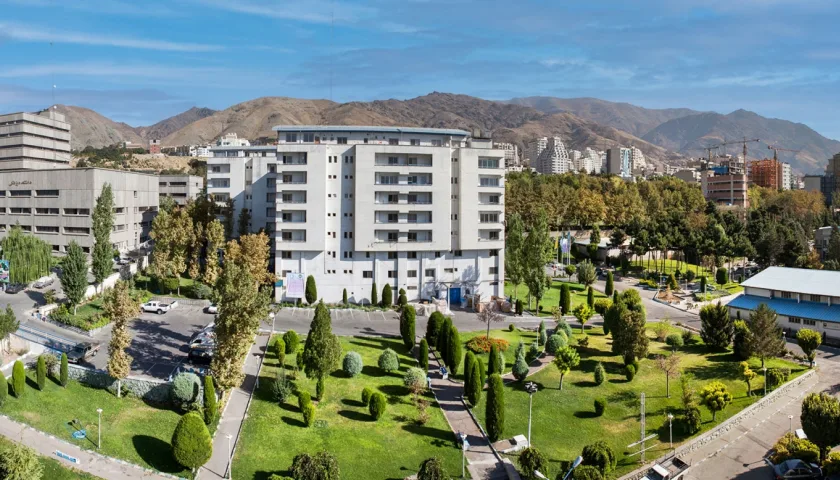Maragheh: A Historic City in East Azerbaijan, Iran
Maragheh, known as the Garden City and the Astronomy Capital, is the second-largest city in East Azerbaijan, Iran, and is renowned for its historical significance. This large city is considered one of the top 10 historical cities in Iran and is a prominent tourist destination in East Azerbaijan province.
Maragheh has a rich history that dates back to pre-Islamic times, but its peak development can be traced to the 13th century AD. The city boasts numerous attractions, with around 300 nationally registered historical sites. In this overview, we will briefly explore the city of Maragheh.

Geography of Maragheh
Covering an area of 26 square kilometers, Maragheh had a population of 175,255 in 95. It is the second-largest city in terms of both area and population in East Azerbaijan, following Tabriz. Located in the southwest of East Azerbaijan province, Maragheh is situated on the eastern shore of Lake Urmia, at the southern foothills of the Sahand Mountains. It is bordered by Tabriz to the north, Heris to the east, Mianeh to the south, and Lake Urmia to the west. Maragheh enjoys a moderate to cool and humid climate, nestled in a lush valley surrounded by mountains and moonlit hills.
History of Maragheh
Maragheh has been inhabited since pre-Islamic times and was a thriving city before the rise of Islam. However, its most prosperous era is often associated with the 13th century AD when it became the capital of the Ilkhanate. Before that, Maragheh served as the capital of local dynasties in Azerbaijan. To delve into the city’s historical roots, one must look back to ancient periods. Assyrian records mention a ruling authority called “Vish Dizh” in the 8th millennium BCE, believed to be in the vicinity of Maragheh. However, Maragheh gained prominence during the Islamic era and the Ilkhanate Mongol rule. The city was conquered by the Mongols in 618 AH and later fell under the rule of Jalal al-Din Khwarazmshah, only to be recaptured by the Mongols.
After the death of Chinggis Khan, his descendants divided the territories among his sons. In the late first half of the 7th century, one of Chinggis’s descendants, Hulagu, took control of the Western expedition and once again invaded Iran. Maragheh flourished during the Hulagu era. In the Qajar period, Maragheh was one of the ten major and populous cities in Iran. The first weapons factory in Iran was established in Maragheh during the Qajar era.
Maragheh’s rich history, coupled with its cultural and historical significance, makes it a captivating destination for those interested in exploring Iran’s heritage.
Anthropology
The people of Maragheh speak Azerbaijani Turkish. The majority of the population is Muslim, adhering to the Shia branch of Islam. Additionally, Maragheh is home to a minority of Armenian families. The presence of Armenians in the city is attributed to the favorable treatment of Christians by Hulagu, which led Christians from various cities to migrate to Maragheh. This resulted in the construction of numerous churches in the city. Maragheh, due to its unique geographical climate, was a center for agriculture and viticulture, particularly known for producing grapes and other agricultural products. The industrial products and factories of the city were also centered around agriculture, including products such as raisins, dried fruits, honey, dairy products, leather, carpets, and other food items.
City Souvenirs
Maragheh, with its widespread fame, offers various souvenirs. The most notable and renowned souvenir is soap and loofah, known for its excellent quality and exported to neighboring countries and Europe. Another famous product is almond kernels, raisins, hazelnuts, and local pastries known as “aloocheh.” Moreover, Maragheh has a global reputation for cultivating apples, grapes, and dried fruits.
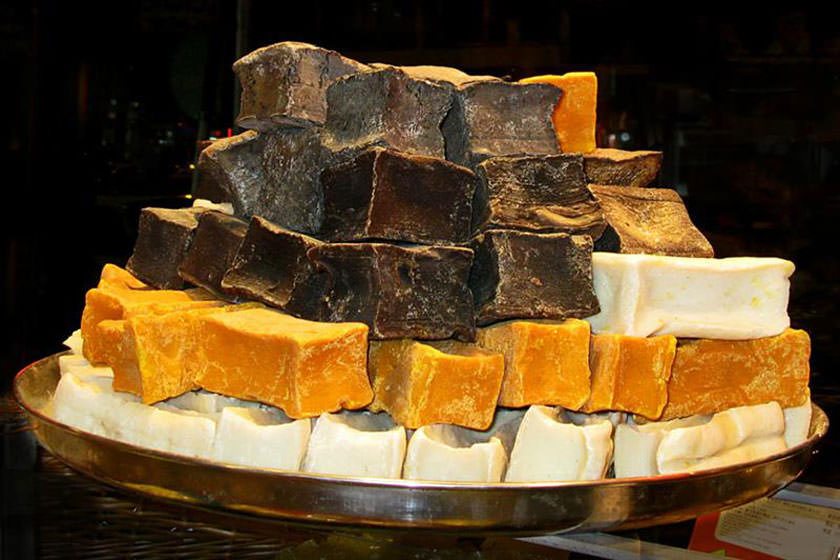
Historical Attractions
Maragheh is considered one of Iran’s top 10 cities in terms of historical structures, boasting numerous historical sites. The city is home to famous tomb towers, with one of them being the Red Dome or Qeysariyeh. The construction of this structure is dated to 525 AH and is situated in the southwest of the city.
– Red Dome (Qeysariyeh): A renowned tomb tower constructed in 525 AH, located in the southwest of the city.
– Blue Dome (Kabood Dome): Another famous dome located 10 meters away from the Circular Tower. Its architectural design resembles a 10-sided prism.
– Ghaffariyeh Dome: Dating back to the 7th century AH, this square-shaped structure is located in the northwest of the city, along the Sofi River.
– Maragheh Observatory: One of Iran’s most famous observatories, built on a hill. Khwaja initiated its establishment, and it witnessed astronomical observations during the Ilkhanate period.
– Mehr Temple of Maragheh: Another historical attraction, dating back to the Parthian period. Locals believe that rituals related to the worship of Mithra were held in this place.
Maragheh, with its rich cultural heritage and historical significance, remains a fascinating destination for those interested in exploring the history and traditions of Iran.

Natural Attractions in the City
Maragheh is endowed with a multitude of natural attractions. In addition to numerous gardens, the Sahand Mountains and the Soofi Chay River stand out as the most significant natural wonders of the city. The Shoorso Spring, also known as Shoor Ab, is another natural attraction in Maragheh. The water of this spring is rich in carbon dioxide, giving it a distinctive white color. Among other renowned springs in the city, Sarisoo and Ghashayesh Springs are notable, all known for their mineral-rich waters.
Maragheh also hosts the Sahand Airport, serving as the sole airport in the southern part of the province.
These natural attractions contribute to the charm and allure of Maragheh, making it a diverse and captivating destination for visitors.

